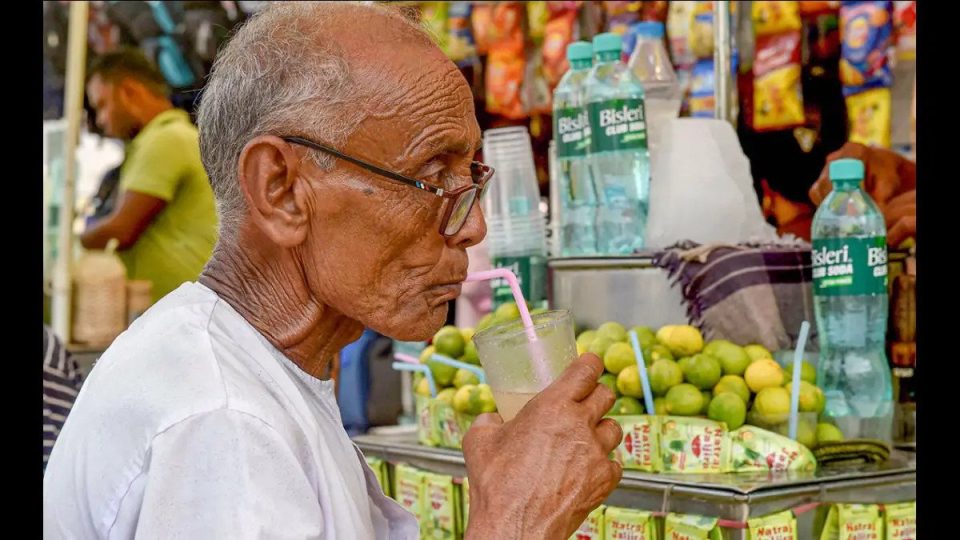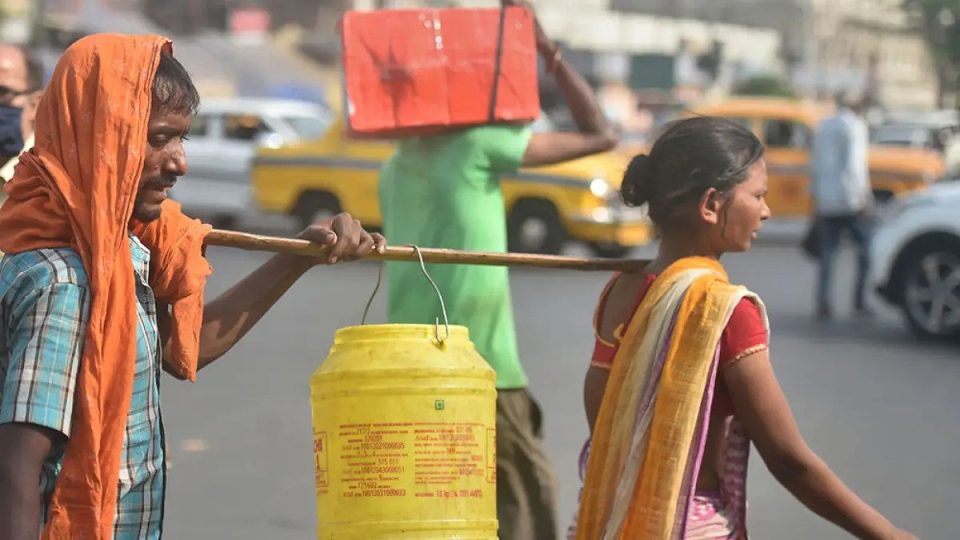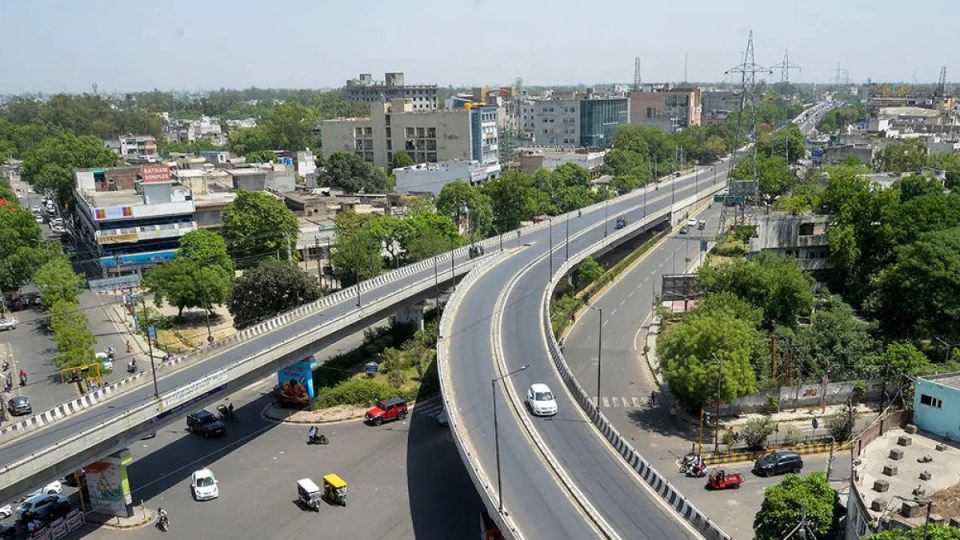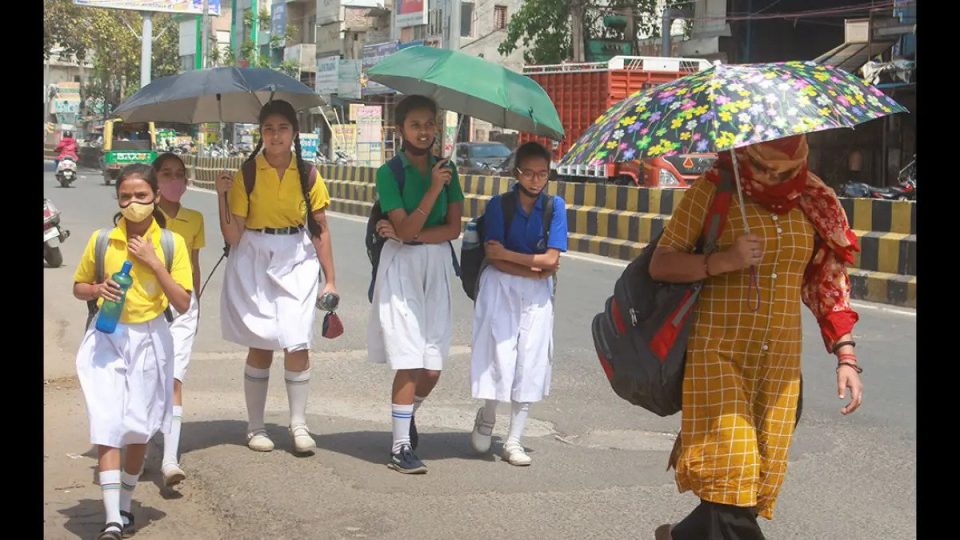
Scorching summer offers no respite as country braces for another heat wave

Another round of heat wave awaits several states in north and central India as the India Meteorological Department (IMD) forecasted a rise in maximum temperature by about 2-3 degrees Celsius for at least the next five days.
India recorded its warmest March in 122 years with a severe heatwave scorching large swathes of the country last month. Parts of the country are also seeing wheat yields drop by up to 35 per cent due to the unseasonal heat.

Affected regions
The weather department has warned that temperatures in Rajasthan, Delhi, Haryana, UP and Odisha would hover around 45 degrees Celsius till first week of May. “Rise by about 2 degrees Celsius in maximum temperatures very likely over most parts of Northwest India during next three days and fall by about 2 degrees Celsius thereafter,” the IMD advisory stated. IMD scientist RK Jenamani said rain showers after first week of May could provide some relief.
In central India too the mercury touched the 45 degree mark. Vidarbha and Marathwada in Maharashtra are experiencing the fourth heatwave this summer. On Wednesday (April 27), Vidarbha was the hottest region in the country with Nagpur recording 44.8 degrees Celsius.
The maximum temperature may leap to 46 degrees Celsius in parts of Delhi, a Met department official said. Delhi may also see a partly cloudy sky, light rain, and a dust storm with winds gusting up to 50 kmph on Friday and Sunday, which may provide a temporary respite. The capital had recorded a maximum temperature of 43.2 degrees Celsius on April 21, 2017. The all-time high maximum temperature for the month was 45.6 degrees Celsius on April 29, 1941.
Odisha too is burning with the maximum temperature breaching the 40 degrees Celsius-mark in 24 places for the third day in a row. The state government has shut schools till April 30.
Rajasthan and Madhya Pradesh have suffered about 25 heatwaves since March this year.
In Jharkhand, the temperatures have already breached the 43 degrees Celsius mark and there is no respite in sight until 29 April.
Jammu in the extreme north recorded its hottest day of the season with the mercury touching 40 degrees Celsius. Power and water shortage have hit different parts of the Union Territory of Jammu and Kashmir.
Himachal Pradesh too has witnessed 21 heatwaves.

Districts in southern and western parts of West Bengal would continue to reel under heat wave conditions over the next three days with some respite in store from May 1 owing to moisture incursion from the Bay of Bengal. Bankura recorded the day’s highest temperature in West Bengal at 43.7 degree Celsius, followed by Asansol at 43.3, Purulia at 42.8, Jhargram at 42.5.
When is a heatwave announced?
For the plains, a heatwave is declared when the maximum temperature is over 40 degrees Celsius and at least 4.5 notches above normal. A severe heatwave is declared if the departure from normal temperature is more than 6.4 notches, according to the IMD. Based on absolute recorded temperatures, a heatwave is declared when an area logs a maximum temperature of 45 degrees Celsius. A severe heatwave is declared if the temperature crosses the 47-degree mark.
Meaning of yellow, green, orange and red alerts
A yellow alert warning has been issued for a heatwave spell in the national capital starting April 28. The IMD uses four colour codes for weather warnings — green (no action needed), yellow (watch and stay updated), orange (be prepared) and red (take action).
Reasons for so many heat waves
The Northwest India has been recording higher than normal temperatures since March. Weather experts say it is because of absence of periodic light rainfall and thundershowers, which typify this time of the year, due to the lack of active western disturbances.
Health precautions to be taken
Dileep Mavalankar, Director, Indian Institute of Public Health Gandhinagar (IIPHG) said: “People need to watch out for IMD advisories, stay indoors, keep themselves hydrated and rush to the nearest health centre if they feel moderate signs of heat-related illness.” People should avoid heat exposure, wear lightweight, light-coloured, loose, cotton clothes and cover the head by use of cloth, hat or umbrella.
“There’s a special need to monitor the old and vulnerable, just like we did during COVID-19 as they can develop heat strokes even when sitting at home,” he said.
Cities should monitor all-cause mortality data daily along with data for hospital admissions and ambulance calls to compare it with the last five years of data to get a real indication of heat stress on mortality. The early heatwaves have a higher rate of mortality since adaptation and preparedness is lower during the months of March and April.

“The central, state and city governments should also focus on this, especially when IMD alerts are in orange and red and they should put out warning advertisements in newspapers, TV and radio to warn the public. This is a warning signal for what is to come in May and June,” he cautioned. “If we take effective action now, we can prevent a lot of morbidity and mortality,” the IIPHG director said.
The IMD said the heatwave could lead to “moderate” health concerns for vulnerable people — infants, the elderly, people with chronic diseases.
(With inputs from agencies)


